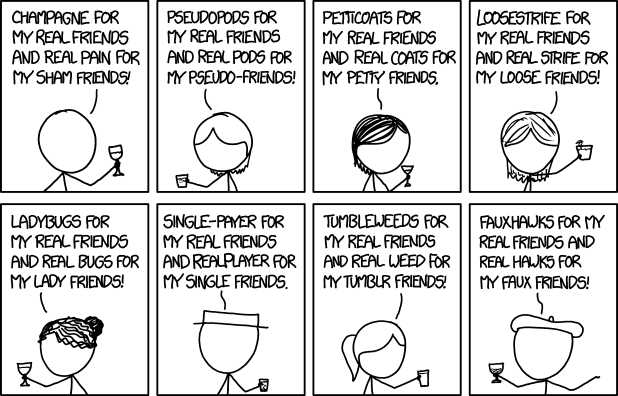From Julian Hook:
Browsing some old Language Log posts recently, I came across "Prophylactic over-negation", 1/26/2012, featuring the phrase "It's not that I don't doubt…"
Something possessed me to hunt for other examples of the construction, which turned up a remarkable specimen in a piece about the personal life of Derek Jeter (Emily Shire, "Derek Jeter’s Lady-Killing Past Before Hannah Davis", 10/28/2015):
“It’s not that I don’t doubt that Jeter isn’t media-savvy.”
This sentence manages in ten and a half words to include one more negation than any of those in the LL post linked above. The context suggests that the intended meaning is something like “I concede that Jeter is media-savvy.” This might have been expressed using a common double-negative construction such as “I don’t doubt that Jeter is media-savvy” or “I don’t mean that Jeter isn’t media-savvy.” But here the writer couples “I don’t doubt” (2 negatives) with “isn’t” (3), and then ups the ante by negating the whole sentence via “It’s not that” (4). My suspicion is that it’s through nothing more than a stroke of luck that the negation parity seems somehow to come out correct in the end.
Read the rest of this entry »



